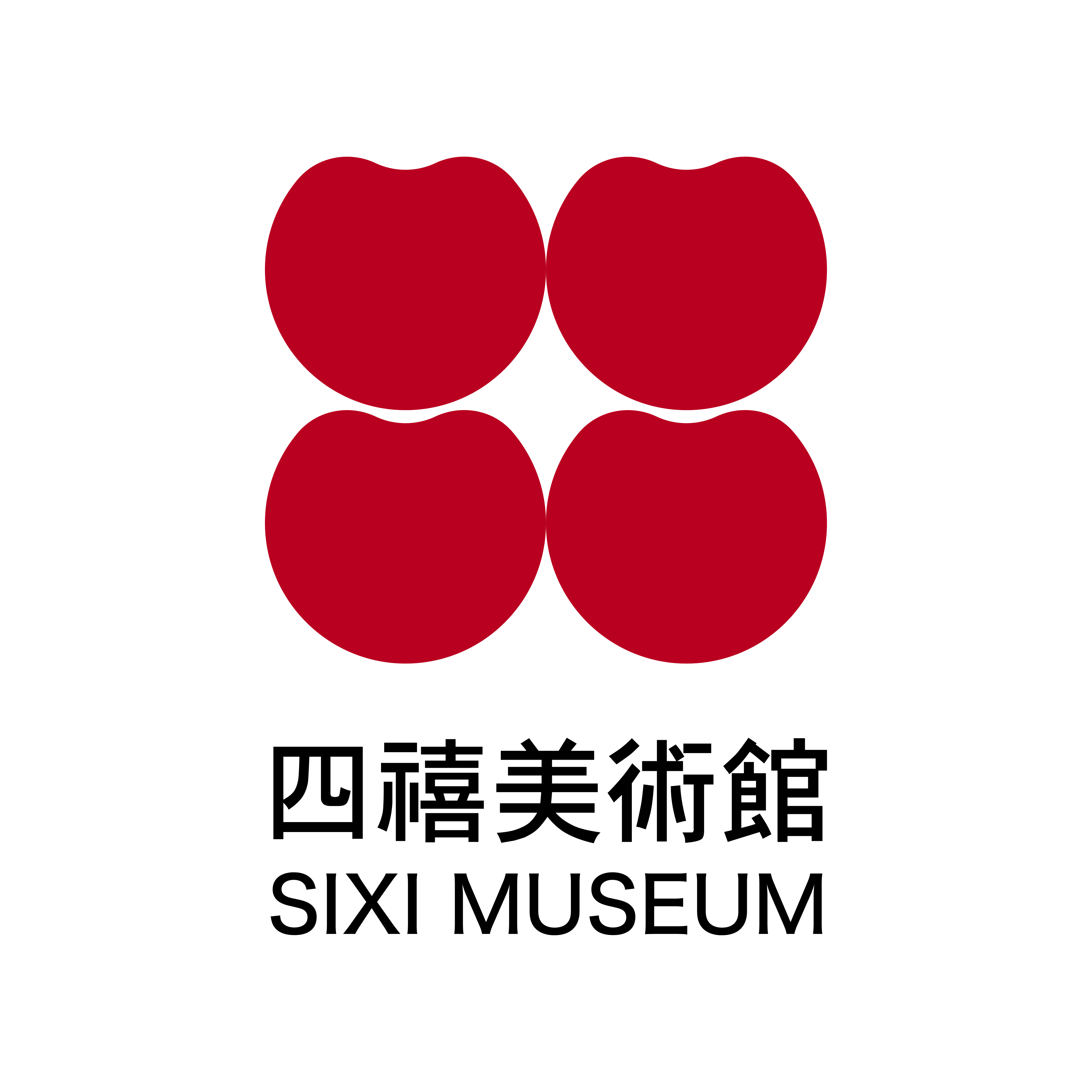Shinjiro Okamoto (1933-2020) is known as a pioneer of Japanese Pop Art. He has held more than ten solo exhibitions in Japan and China and is an artist represented by Tokyo Gallery + BTAP. His artworks are mainly included in internationally renowned art institutions such as the National Museum of Modern Art, Tokyo and the Museum of Contemporary Art, Tokyo. As one of Japan's most iconic post-war modern artists, Shinjiro Okamoto has lived through the fires of the Tokyo bombing, witnessed Japan's post-war economic miracle and saw the impact of American pop culture on traditional Japanese values. Although Shinjiro Okamoto, like Western Pop artists, uses popular culture as his subject matter, his childhood experiences have contributed to the larger and more serious themes of the times in Shinjiro Okamoto's artwork. The Cherry Blossom series, represented by Big Crash: End of the Flowers, is not only a critique of the alienation of human beings by consumerism but also a reflection on war and the nature of the nothingness behind the society of the spectacle.
Shinjiro Okamoto's artwork is also influenced by traditional Japanese art and Western modern contemporary art. Shinjiro Okamoto began painting on his own after graduating from the Tokyo Metropolitan Nihonbashi High School in 1952. Influenced by traditional Japanese ukiyo-e woodcuts, Shinjiro Okamoto's artwork is mostly the same as The Man Who Asked for Directions(No translation): simple, abstract and planar. Influenced by Georges Seurat's Neo-Impressionism, Shinjiro Okamoto gradually worked with bright, vivid colours (The Third Man series, 1962). As Japan's economy recovered and various forms of Western avant-garde art were introduced, Shinjiro Okamoto's medium of expression gradually involved lithography, screen prints, three-dimensional painting and installation art. After the Ten Indians series won the Grand Prize at The Museum of Contemporary Art Nagaoka Prize exhibition in 1964, "simple lines", "bright acrylic paint colours" and "variations on the same image using different colours and sizes" became the hallmarks of Shinjiro Okamoto's art.
Although Shinjiro Okamoto is a Japanese artist who is extremely concerned with society, he has always distanced himself from all social positions to ensure his objectivity and calmness. Japan's defeat, the Cold War and the proliferation of consumer spectacles prompted Shinjiro Okamoto to reflect on the meaning of human existence. Shinjiro Okamoto has abandoned the search for answers without going to the extremes of individualism and politicisation that many post-war Japanese artists have done. Most of Shinjiro Okamoto's artwork has a clean and flat-looking surface like that of the Insect World series. While expressing his ideas, he strives to detach the artist’s subject from the artwork. Through this almost mechanical objectivity, Shinjiro Okamoto manages to portray the silence from the noise and the general emptiness of today's human society from the bustle.

